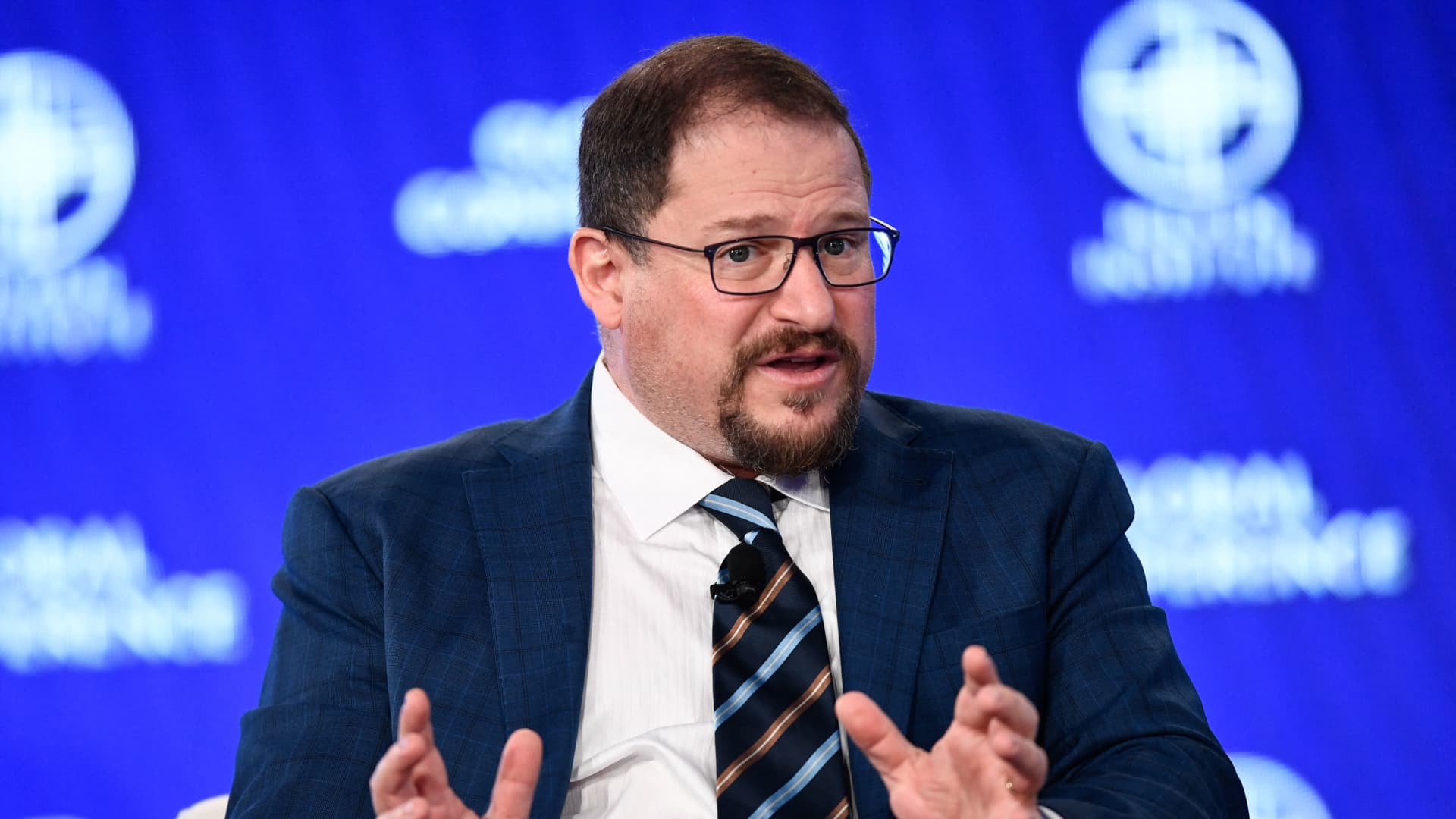Microsoft is using its market dominance in productivity software to force some customers of its Office suite into a big decision: pay more or commit to a longer subscription.
In 2022, Microsoft is rolling out what it’s calling the New Commerce Experience for Office, revamping the way customers buy its software through business partners. While the company hasn’t publicly announced a specific price change, it has informed partners that organizations paying by the month will face a 20% hike unless they move to annual subscriptions.
For Microsoft, the opportunity to lock customers into longer arrangements means potentially better visibility into revenue and less concern about churn, a critical element of subscription businesses. Software vendors commonly offer discounts for annual subscriptions compared to monthly sign-ups, and many larger enterprises prefer that option.
However, some smaller companies that are trying to preserve cash as they deal with pandemic-related challenges are frustrated by the changing model, which comes just after a price increase was announced in August for Microsoft 365, a bundle formerly known as Office 365.
Meanwhile, Microsoft is thriving. Its stock is up 46% this year, pushing its market cap past $2.4 trillion, while revenue growth topped 20% in each of the past two quarters.
A majority of Microsoft’s revenue comes from business customers, rather than consumers, and 95% of the its commercial revenue is derived through partners. Clients that specifically buy through Microsoft’s Cloud Solution Provider program are the ones affected by the subscription plan change, and Microsoft doesn’t disclose how what percentage of its customers buy products that way.
Rob Schenk, co-founder of Intivix, a Microsoft partner with offices in the Bay Area, said he’s started telling clients about the 20% increase for month-to-month arrangements. Responses have been mixed, he said, and some customers have told him they “don’t like it at all.” The rollout can be particularly difficult for distribution partners like Intivix, as they have had to play the role of messenger to customers.
Microsoft’s lack of clear information on the monthly price bump has complicated conversations with customers, Schenk said. And Microsoft will expect payment for subscriptions even if customers decide they no longer want the Office services halfway through the term, according to an internal document obtained by CNBC.
Partners have pushed back in a number of forums. People have spoken out on Reddit, and more than 1,400 have signed a Change.org petition for Microsoft to rescind its planned price increase. The backlash led to intense meetings between Microsoft and its partners, said a person familiar with the launch who asked not be named because of confidentiality.
“Microsoft provides flexible purchasing options to meet our customers’ diverse needs, and we don’t publicly disclose information around our premium and pricing approach for partners,” a spokesperson told CNBC in an email.
The new program “introduces a monthly term option that will enable partners to provide customers with flexibility at a premium price,” the email said. While Microsoft has not officially sold Office 365 subscriptions on a per-month basis, customers have, in practice, been able to go month to month and increase or decrease the number of users as needed, partners said. That option proved to be valuable for organizations that reduced headcount during the pandemic because of lower demand.
The inability to scale back subscriptions may be a bigger issue to customers than the higher prices, said George Hammerschmidt, executive vice president at Nortec Communications, a partner based in the Washington, D.C. area.
“There’s some people that are going to be upset,” Hammerschmidt said
Microsoft had planned to implement the New Commerce Experience in October but delayed it until January 2022. New orders will have to go through the New Commerce Experience starting in March, and renewals must use it beginning in July, Microsoft said in a blog post.
Between January and June, Microsoft will charge the same price for monthly and annual offers, the company said. After that, the monthly increase kicks in.
The change follows a publicly-announced increase in August, when Microsoft said it was raising prices in March 2022 for subscriptions to its Microsoft 365 bundles by 8.5% to 20% per user, depending on the tier. The company said at the time that it’s “the first substantive pricing update since we launched Office 365 a decade ago.” Microsoft noted that the bundle now includes more collaboration, security and automation tools.
Adam Mansfield, who helps companies negotiate purchases of software from Microsoft, Salesforce and ServiceNow at consultancy UpperEdge, told CNBC that the hike announcement in August was unwelcome news inside some organizations.
Microsoft is betting that customers will stick around, in part because Google’s Workspace bundle, previously known as G Suite, presents the only significant competition.
“Customers running Google today are very price-sensitive or very small,” Hammerschmidt said.
Mansfield said that one concern for Microsoft, though, should be the potential for unhappy customers to choose a different public cloud provider when they have upcoming projects. In that market, Microsoft trails Amazon Web Services, while Google is investing heavily to lure new clients.
WATCH: Climate tech firms will be ‘household names’ by 2050, Microsoft exec says




